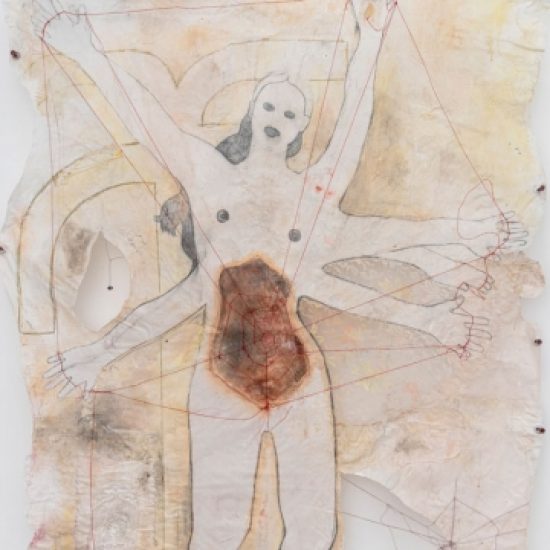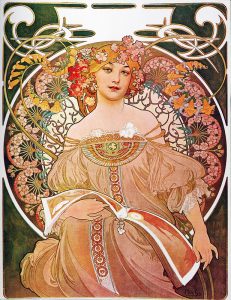Swivel Gallery is delighted to unveil Transmogrification NOW!, an evocative exhibition by Amy Bravo featuring a series of new sculptural works, paintings, and installation. Bravo’s latest collection merges cabinets, curios, and furniture with eerie elements such as animal parts, offering a unique exploration of Cuban mythology and personal narrative.
Central to the exhibition is Bravo’s sculpture series “Automaton,” including the standout piece “Automaton 3.0 (Bull),” which embodies Cuban mythology and Bravo’s distinctive artistic vision. Inspired by the concept of transmogrification—the magical process of transformation—Bravo’s sculptures merge cultural artifacts with contemporary materials. Each piece undergoes a metamorphosis, blending elements of Cuban folklore with Bravo’s personal narrative, creating a mesmerizing fusion that bridges traditional mythological symbolism with modern artistic expression. In “Automaton 3.0 (Bull),” cow bones, candles, and wood are transformed into a symbolic representation of strength and spiritual power in Cuban culture. This transmogrification of materials reflects Bravo’s exploration of identity and heritage, invoking ancient mythological themes while reinterpreting them through a contemporary lens.
In addition to these sculptural innovations, Bravo presents a series of paintings that provide an intimate exploration of her thematic explorations. Among them is “Silk Tosser,” a striking artwork featuring a woman depicted as a spider web, with a fly dangling provocatively in front of it. This piece is notable for its unique presentation, suspended 10 inches off the wall on nails, enhancing its surreal and interactive quality. Each painting portrays Bravo’s enigmatic figures—long-haired, blank-eyed beings adorned in costumes reminiscent of feisty psychopomps, boxers, and medusas—transcending traditional boundaries between human and animal realms. These artworks embody a cyclical narrative, reflecting Bravo’s profound reflections on resilience and disintegration within her own personal journey. Despite their stoic presence resembling icons in religious architecture, Bravo infuses them with a mischievous and primal aura, compelling viewers to engage with their stories of loss and victory.
In Latin cultures, spider webs hold symbolic meaning as intricate traps and homes crafted by spiders, often representing creativity, interconnectedness, and the delicate balance between creation and destruction. Bravo’s depiction of a woman as a spider web in “Silk Tosser” resonates with these cultural interpretations, exploring themes of entrapment and allure. Animals also play a significant role in Cuban mythology, often symbolizing spiritual guides, guardians, or embodiments of ancestral spirits. Bravo’s incorporation of animal parts in her sculptures not only pays homage to these traditions but also invites viewers to contemplate the complex relationship between humans and animals in cultural narratives.
In parallel to her sculptural and painted works, Bravo’s exhibition deciphers chimerical identities, unraveling the essence of a fragmented ancestral home while envisioning a future fraught with destiny and danger. “Transmogrification NOW!” not only showcases Bravo’s evolution as an artist but also invites audiences to immerse themselves in her expanding artistic universe.




